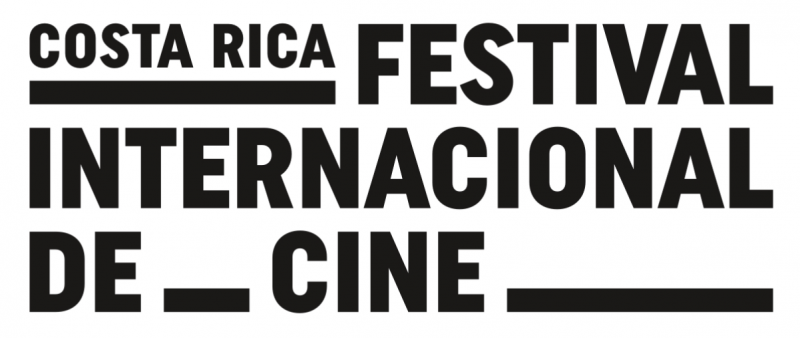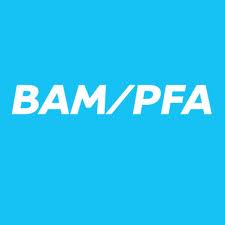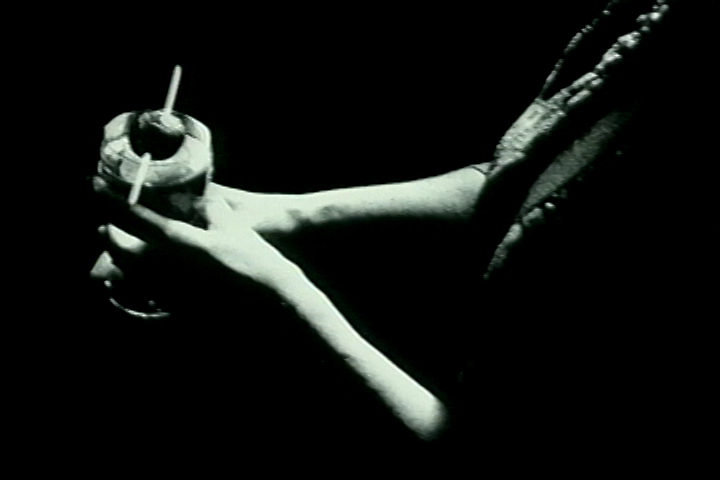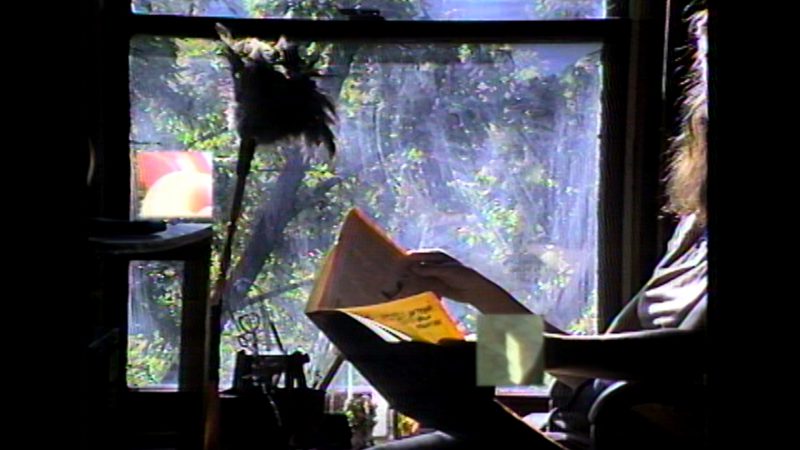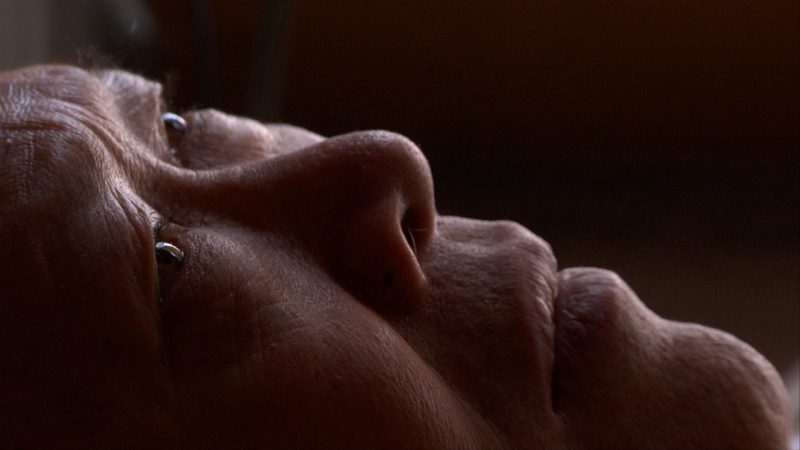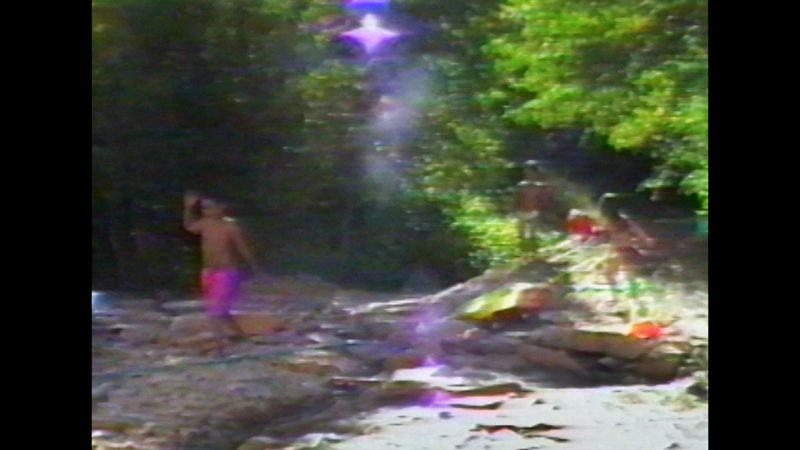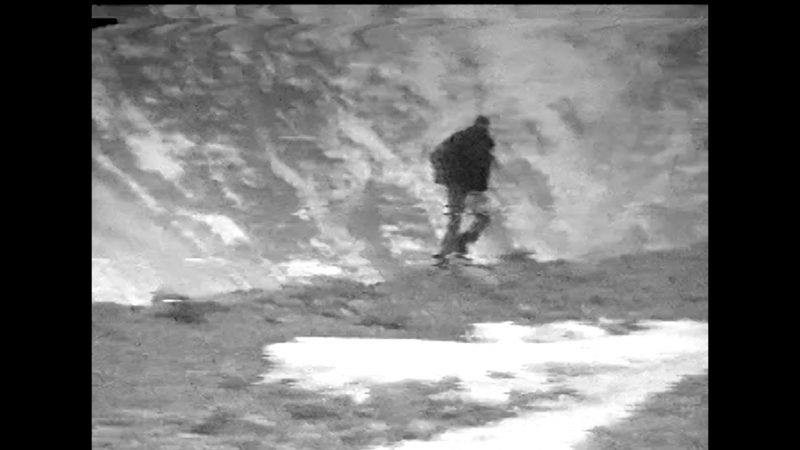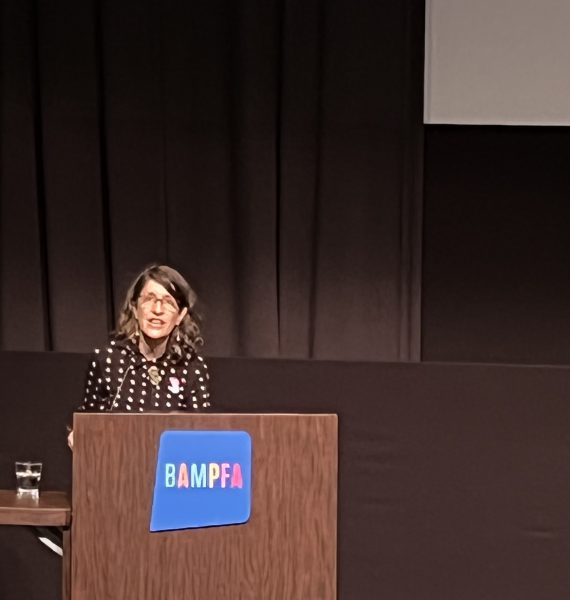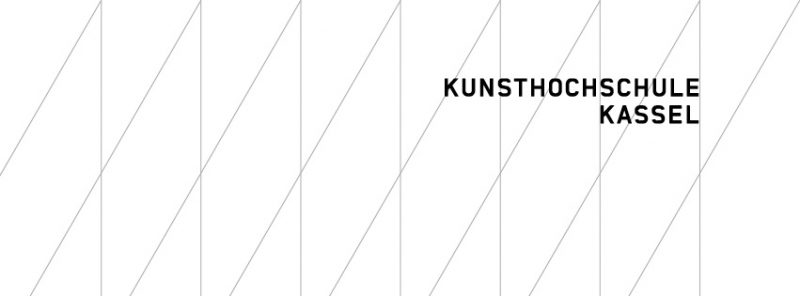
Interview with filmmaker Lynne Sachs, experimental explorer of reality
La Nación
By Jorge Arturo Mora
Translated by Marichi C. Scharron
June 25, 2022
https://www.nacion.com/viva/cine/entrevista-con-la-cineasta-lynne-sachs-exploradora/I2B53KS5MZCGVKYTHLI6ZMDNYI/story/?utm_term=Autofeed&utm_medium=echobox&utm_source=Twitter#Echobox=1656169505
While visiting CRFIC2022, the American director spoke with “La Nación” about what it meant to film her family for 30 years, the contradictions of the term “non-fiction,” and her fascination with Julio Cortázar.
Rather than the feeling of being inside a dream, Lynne Sachs’ cinematographic work feels like sneaking into another person’s memory; making yourself small and tiptoeing into a room where a cassette is playing memories of days gone by, of a past times that only years later consecrate themselves into golden postcards.
Her last film, Film about a Father Who, condenses the emotions of Sachs’ own family, whom she filmed for close to 30 years. While the recording of this project never ceased, she produced many other films during this period (her prolific career includes more than 30 films). Among them, a sentimental piece titled Con el pelo en el viento (Wind in Our Hair), in which she explores the transition to adulthood, inspired in Julio Cortázar short stories.
“To me, everything is about exploring and challenging reality,” says the filmmaker, smiling and charismatic, on the third floor of the Centro de Cine in Costa Rica, while one of her films is being projected below. On this premise, the Memphis-born director conversed with “La Nación” about how these two films have marked her life.
What are your thoughts about the films selected for your retrospective at CRFIC?
Honestly, I feel honored that my films are alongside Memoria, Drive My Car… films that make me feel like I’m on a film adventure. I feel grateful on so many levels to the Costa Rican community for giving me this space. I think the film selection speaks to my interest in looking at reality’s textures.
About your latest film, Film about a Father Who, what was your primary interest?
It took me 30 years to make this film, so even if I could tell you what my first interest was when I started, it definitely changed and evolved. Let me tell you that this film is a testimony to the belief that certain projects should not be made in a hurry, they should be gestated like a baby, but making a film is more difficult than gestating a baby (laughs). I have two daughters (laughs) but with a film you have to decide when it’s ready. Regarding this film, I wanted to do it because I was intrigued by my father and I loved that, at that moment, he was such an iconoclast; a classic rule breaking person, who always created his own cosmos, but at the same time had to deal with a lot of changes in our lives at that time, and the film could give me that perspective.
I wanted to explore what it was like to be his daughter and always having that door open for him. I couldn’t finish the film because I didn’t know how to put all those things together. I felt I was ready to film his life but not to confront all the footage afterwards. I made a lot of movies while shooting this one, but this film was always breathing down my neck.
When did you feel it was the moment to stop?
A couple years before I stopped filming, I realized that I wasn’t making a film about a father and daughter; it’s a film about a family that makes you ask what is the soul of a family. What connects a family? Blood? What happens when suddenly someone who seems like a “stranger” to that family arrives? How do you deal with that? So I needed to listen to the rest of my siblings to know and decide when the appropriate moment would be.
And to not only understand my father but also my siblings and their experiences. My brother is gay, and there is a scene in the film where you can see how alienated he is feeling. The rest of my siblings have had other lives that also give a lot to think about.
The people that I know that have seen your film loved it. Where do you think resides the emotional component that achieves that?
Oh, thank you so much. I am moved to hear you say that because my family thought that I was doing this for myself and not for them. They saw that I only talked about the movie and how I did things in order to have more profound conversations, and at the end of the day the film was a ticket to having these moments that I think all families want to have. Even my mom said: “Will anyone be interested in this movie?” (laughs) and well, I told her that most of us think our families are abnormal, that they’re weird. That we want to be like other families because sometimes we feel ashamed of our own. But this is natural and the film allows us to feel vulnerable about everything that being part of a family entails. There is a catharsis there.
In the end, how did you find the courage to confront all that footage?
It was very difficult. My initial fear was seeing how old I had become (laughs), but I leaned on an ex-student of mine who worked with me as an assistant. She helped me confront all that footage in the studio. We wanted to open those boxes containing 30 year’s worth of material and decide what to do with it, if we were going to digitize it or what other possibilities there were. She gave me the courage to watch it all.
In one of the workshops I gave here in San José, I told them how she helped me understand that I did not have to explain my family tree, because the story is not about who is who but about emotions. This helped so much: to determine that this is about emotions.
What is the most exciting thing about filming nonfiction?
For me, the term “nonfiction” is complicated because I like to think about how we see the world beyond a label. Fiction and nonfiction are terms that make the world seem binary, when it isn’t. I know I don’t do fiction but I prefer to say I work with reality, that I confront reality because I give myself the opportunity to play with the people that appear in front of the camera. I like to explore the real world, but I don’t try to explain it. For me, if a film is successful, it is because the public questions things about the world that they had not questioned before.
Let’s now see this from another perspective. In your film Con el pelo en el viento (Wind in Our Hair) you introduce yourself to fiction. What brought you to make that film?
Oh, in that one reality is out of focus. In 2007 there was a retrospective in Argentina and I wanted to go back and make a film there because I met so many talented people. I have two daughters and wanted to find more girls to make this story about growing up. We knew we wanted to reinterpret some of Julio Cortázar’s short stories, so we chose the story El fin del juego (The end of the game) which refers precisely to that end of childhood and what comes after with your body, with your sexuality and with your mind. I wanted to portray it, thinking about my daughters and all the social changes that they might face. In fact, I find it curious to watch this film now, because the girls in the film are already 25 years old. It’s very sweet to see the passage of time like this. The magnificent thing about making films is feeling connected to different communities.
It’s a very powerful story. Since we are talking about this, what do you think about Julio Cortázar?
Well, I love him (laughs). I love how perceptive he is and playful with language. Of course, there is the tremendous experiment that he did with Rayuela (Hopscotch), a book that is very liberating and has definitely inspired my filmmaking. But I’m even more fascinated by his short stories, even though they seem more traditional. For this film, I tried to portray that sensitivity of seeing girls confronting a period of their life and wanting to deal with it.
I love the short story Casa Tomada (House Taken Over), a two-page text. In fact, the first part of the film was inspired by that story, with that almost Cold War fear of feeling being watched. I am thinking that now it feels so current with the Alexas that live in our homes and listen to everything we say. Cortázar, without a doubt, was a visionary because the girls actually feel that the walls are listening, a very contemporary feeling.
Maybe a Costa Rican book could inspire your next film…
I would love to! I’ve been given an anthology that I am very excited to start reading and I definitely would like to learn more. I love to explore traditions that can inspire my work.
At this moment in your life, what is your main interest around making movies?
It has a lot to do with my next film, Every Contact Leaves a Trace (Cada contacto deja un rastro). It is a feature film that is about expressing, using forensics theory, how there is a footprint in everything we do, like criminals who are chased using their traces. My film does not have anything to do with crime but with how people whom we meet leave us with a perception for the rest of our lives. Over many years, I’ve collected thousands of contact cards. Most of their owners I never see again, but they leave their fingerprints on those cards. It’s as if their trail follows me forever.
It is an allegory for how I can reconnect and reflect on what people leave to me after a lifetime. It is not the same as a family relationship – their memories may stay with you for longer – but about people you meet in stores, your first psychologist, a journalist, like you… It’s a reflection that I’m very excited to explore.

